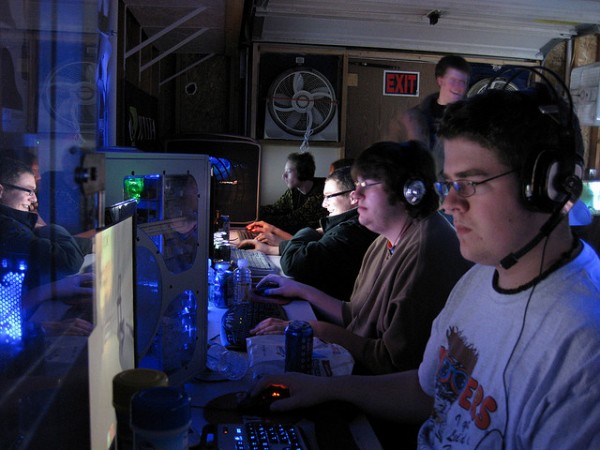Computer Use Associated With Weak Bones in Boys

Time spent in front of a computer was found to be directly associated with weakened bones in adolescent males, according to the results of a recent study.
They study, which was presented Friday at the World Congress of Osteoporosis, Osteoarthritis and Musculoskeletal Diseases, provides evidence that indicates that male adolescents who live a largely sedentary lifestyle behind a computer screen tend to have a lower bone mineral density (BMD) compared to children who use computers less frequently.
According to presenter and lead author of the study, Dr. Anne Winther of the Arctic University of Norway, Tromsø, her team of researcher reached this conclusion after assessing data on just under 1000 adolescents ranging from 15 to 18 years of age.
The data was obtained through the 2010 to 2011 Fit Futures study, which collected data on nearly all first year high school students in Tromsø, Norway.
Results of dual-energy x-ray absorptiometry scans on 463 girls and 484 boys determined total hip, neck, and body BMD. Lifestyle data was collected by self-answered questionnaires and interviews -- which revealed how much time was spent in front of the computer or television each weekend.
Interestingly, but not surprisingly, boys were far more likely to report spending long lengths of time in front of the computer, compared to girls.
According to Winther, an analysis of the data on the adolescent boys revealed that heightened levels of screen-time were adversely associated with BMD, meaning that a high duration of computer use was seen in boys with lower-than-average BMD scan results.
Interestingly, girls who spend four to six hours on the computer proved to have higher BMDs than girls who spent less than 1.5 hours of screen time each day. Winther explained that this unpredictable result could not be explained by factor adjustments, and implies that there are other factors beyond sedentary behavior that impact bone density that need to be considered.
The study was presented Friday at the World Congress of Osteoporosis, Osteoarthritis and Musculoskeletal Diseases on April 4.
Because these results have yet to be published, it is recommended that they be viewed as preliminary findings until they are published in a peer-reviewed scientific journal.
Apr 04, 2014 05:24 PM EDT





